
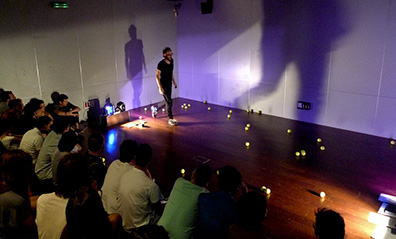
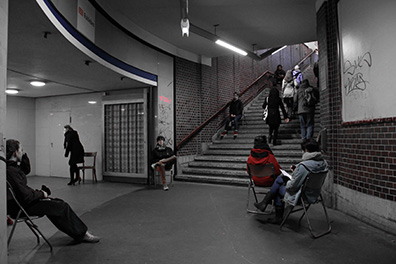
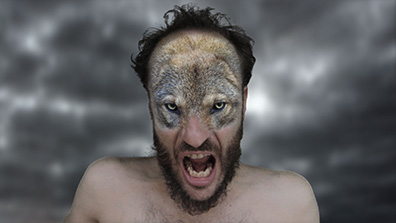
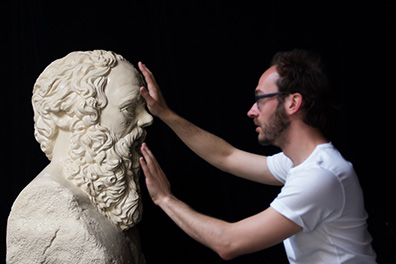
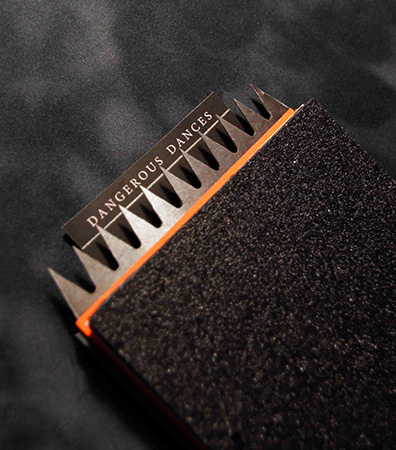
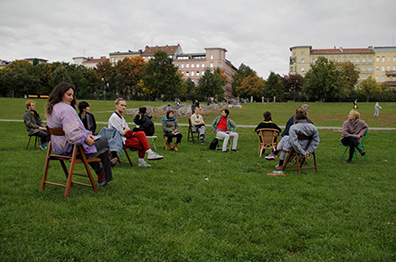
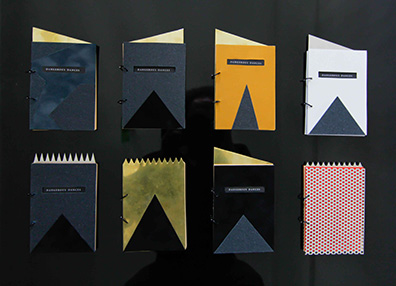
the journey of theory –
dancing the problem
Diego Agulló
Oct 09 – Oct 27, 2017
During these 3 weeks we will focus on understanding which problems we are dancing to and what are the fundamental problematics that our artistic practices are built upon. This attempt will lead us to reflect together on the relation between theory and practice, philosophy and art, and the role of conceptualization in dance and choreography. How to practice theory? In which way is art a form of theory?
Defining theory as the journey abroad and returning
Our starting point will be to stop understanding theory only as a production of discourse and rather to consider it as an oscillatory movement or, in other words, a journey of traveling abroad and returning. We will translate this journey into the framework of our practices and research in order to trace a trajectory, step by step, distinguishing its different moments and identifying what are the risks that we undertake with our work, what is the level of exposure to danger that we tolerate and to which extent do we allow ourselves to experience uncertainty and ultimately how much are we able to translate this journey into an intelligible form to be shared within the community. This understanding of theory will help to confront the following topics: how to set up the conditions for collaboration between dance and philosophy? What is the need of conceptualizing any choreographic practice? Why is it important for an artist to be able to formulate via concepts what he/she is doing? Why should an artist be busy conceptualizing his/her work?
Dancing the problem
A dance and a concept are both "outcomes" or translations from a common element: a problem. To be able to identify what is your problem as an artist or a researcher is a vital task. To look at how we dance a problem implies to identify the main driving forces motivating our journey, and to observe how our obsessions or needs become the detonator of our artistic research. To define and become aware of these personal obsessions will be one of our challenges: first we will determine what makes us move, what impulses force us to dance a problem. Then we will translate each others´ problems into a series of exercises, which will allow us to experience each others´ practices from tangible physical/performative situations.
Understanding the affinity between our practices and the process of conceptualizing
An art practice shouldn’t be subordinated to the process of conceptualization to avoid the mistake of art serving only to illustrate a concept. Art is a cognitive process of its own right, which does not need validation by any peripheral discourse. At the same time, any art form triggers a discourse and potential further interpretations. With the term conceptualization we will refer to the process of formulating a problem using conceptual maps and flow charts. These cartographies will constitute our tools to better understand the principles of our choreographic practice while training the ability to navigate within the frame of artistic research. This will enable us to articulate linguistically our research, and to formulate our body of work through concepts, making it communicable and intelligible to others. We will become familiar to the etymological approach to concepts using the etymological dictionary as a tool to shake the conventional meanings of a word and to trace the genealogical lineage of a concept.
To explore the intimate affinity between dance and problems
When does dance become a problem? When does a body that is thrown across a space become a difficulty, a puzzle, an astonishing event? The problematic body - the dance that becomes a problem - is the body whose movement generates a problem in space, a movement that implies a difficulty that hits you and puzzles you. How can a dance hit? And hit what? Another body? Or the audience’s perception? A difficult dance is not the dance that is difficult to perform, but the dance that generates difficulties, that becomes an obstacle, that paralyzes you. We will practice dance as the art of generating dilemmas, a turbulence that transforms the space into a puzzle and generates perplexity and occasionally vertigo, turning the situation into a troublesome, turbid, agitated, disordered event. We will practice choreography as the art of throwing invitations to dance, as the activity of transforming situations into dangerous domains of influence. The choreographer brings tempestuous weather on a sunny day.
We will explore if the mission of articulating problems belongs intrinsically to the practice of choreography. To articulate problems implies to throw out difficulties; bodies become puzzles thrown into the distance, a difficulty transforms the scenario into a problematic dance floor. Problems turn the situation into a turbulent event, into a domain of dangerous influences.
––––––––––––––––––––––––––––––––––––––––––––––––––––––––
 Diego Agulló was born in Madrid in 1980 and he presses orange juice every morning.
Diego Agulló was born in Madrid in 1980 and he presses orange juice every morning.
Between 1998 and 2004, he studied philosophy at the University Autónoma de Madrid focusing his research on the concepts of play, boredom and refrain. During that time he practiced painting, video and music and since 2003 he is part of the collective En Busca del Pasto, a project for music improvisation.
In 2005 he decided to quit his Masters studies and, therefore, his academic trajectory and he moved to Berlin where he started working as a freelance video artist and musician. Two years later he had a fortuitous and inevitable encounter with choreography that lasts until today having developed in collaboration an interdisciplinary body of work that passes through different forms such as choreography, video art, participatory events, lectures, texts, installations and workshops.
Since 2007, Diego has been organizing participatory events such as CUE, a long term project based on the paradoxical question of how to organize the unexpected? CUE has been occurred in approximately 100 editions in different cities across Europe.
Diego´s current research is the Theoros Project, an attempt to practice theory from the body investigating the intimate affinity between the concepts of Body and Event. It deals with the intersection between pedagogy and art, dilettantism and professionalism, creating contexts for learning and practicing theory across art and philosophy. In this light, the artistic practice becomes a way of practicing philosophy. The workshops are facilitated frames for a temporary collective body to engage in the process of dancing and choreographing a series of practical problems using the methodology of cyclic interval oscillation, a practice that seeks to keep open the relation to alterity. He teaches regularly at Smash intensive Berlin and at AFFECT, Agora Collective.
Currently, Diego is working on an essay on dilettantism called The Mischievous Mission in order to problematize the notion of professionalism in arts. The first chapter of this text has been recently released as a limited edition hand book called: Dangerous Dances.
It is now or never. Day by day.
websites
www.diegoagullo.com
www.diegoagulloworkshop.wordpress.com
––––––––––––––––––––––––––––––––––––––––––––––––––––––––
photos:
Diego Agullo
